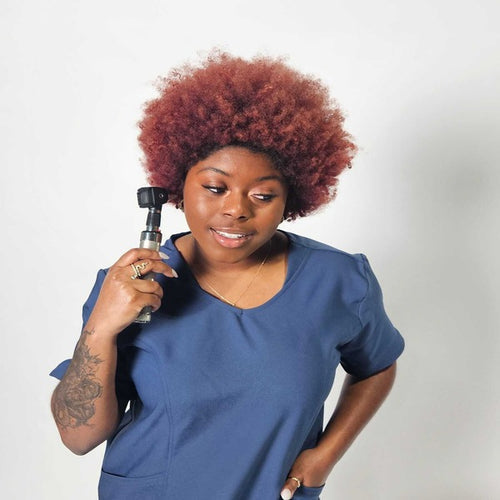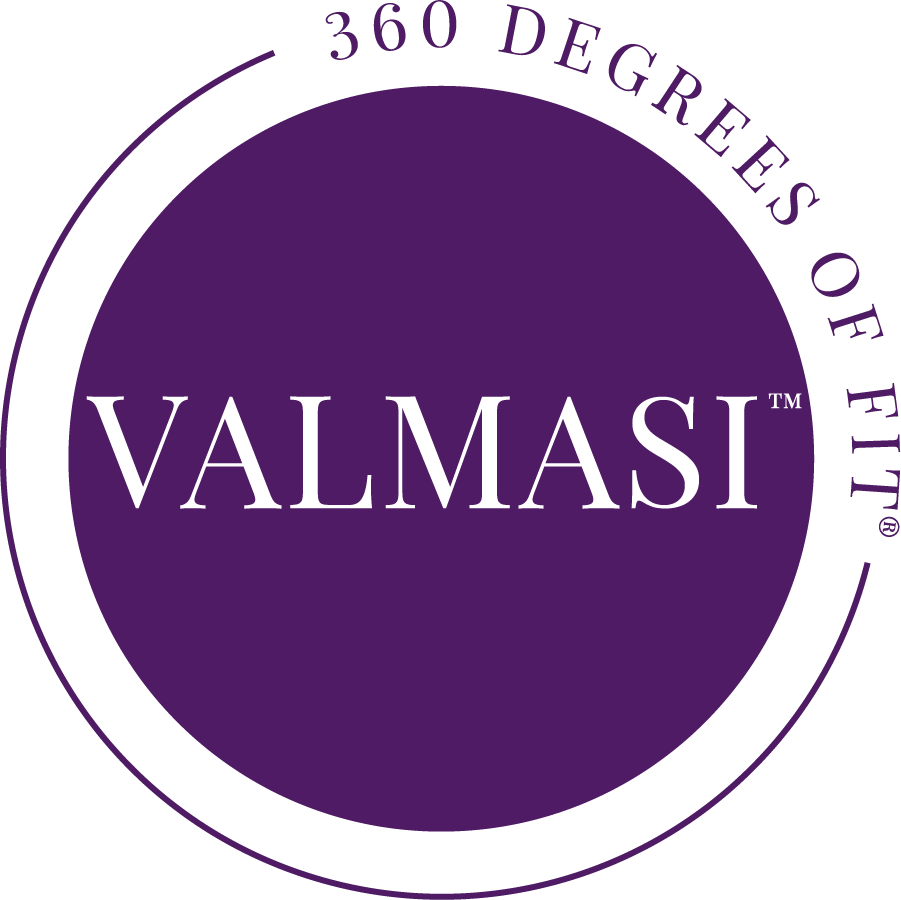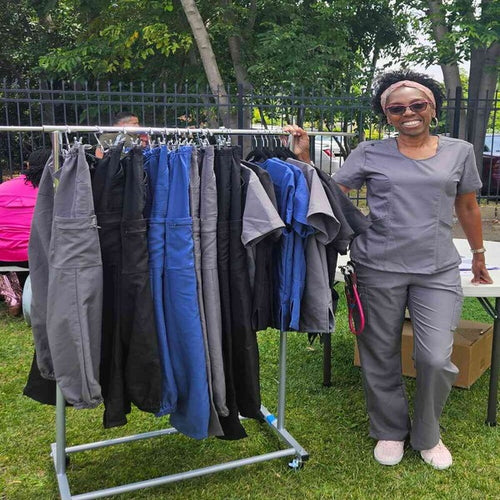
Bringing Curvy Sizing to the Forefront: Redefining Sizing in 2024

The introduction of curvy sizing gained momentum in the late 20th century and is growing now into the 21st century. As our population started to change, people started to push for more inclusive sizing. Fashion models were no longer limited to size 0. Plus size models have gained popularity and fashion brands expanded sizing to be more inclusive for plus size women. However, the introduction of plus sizes does not encompass all individuals.
In the early 2000s, the term ‘curvy’ started gaining traction as it was a more positive and empowering term than ‘plus size’. As societal norms changed, the representation of curvy women’s sizes in fashion became apparent. If we look closely at the term ‘plus size’, this typically meant a woman who is a size XL or above, however this is not universally agreed upon. The terms are becoming confusing. Some brands will use ‘extended sizes’ or ‘curvy’ to mean sizes over XL.
Unlike men’s sizes, women’s sizes can be arbitrary. Standard U.S. Apparel Size Chart shows a size large (12-14) with bust measurement of 38 – 39 ½, waist measurement of 29 ½ - 31 and hips measurement of 40 ½ - 42”. (all sizes measured in inches). However, another size chart lists size large with bust measurement 37 ½ - 39 ½, waist measurement of 30 ½ - 33 and hip measurement of 39 ½ - 42”. With all this irregularity, no wonder men cannot figure out women’s clothes sizes.
Each brand is trying to encompass more body sizes yet there are still some gaps. Many women find clothing brands they like because they understand and fit their sizing options and just buy what is familiar. What if that still isn’t the right fit. Suppose a woman is a size medium waist but her bust or hips measure a size large? She is not considered ‘plus size’ because she is not a size XL. These are the women who still must look around and possibly alter their clothing because it does not fit correctly. These women are curvy. Curvy sizes can range from size small to 5 XL. It just means bust to waist ratio or hip to waist ratio is greater than what is on the standard U.S. sizing chart.
Valmasi was developed to include these women in the sizing conversation. We hope that opening the conversation about inclusive sizing will help more women find comfortable fitting clothing. We are starting with scrubs for healthcare workers but this sizing can be expanded to other areas as well. Proper fitting clothing makes us feel empowered and proud. Body positivity is important. While the fashion industry has made many strides for inclusion, there is still some room for improvement. It may not be in the philosophy of all fashion brands to include curvy sizes, however expanding the sizing chart to include curvy options for women of all sizes will be a step in the right direction.
Dr. Vanessa



Leave a comment
This site is protected by hCaptcha and the hCaptcha Privacy Policy and Terms of Service apply.